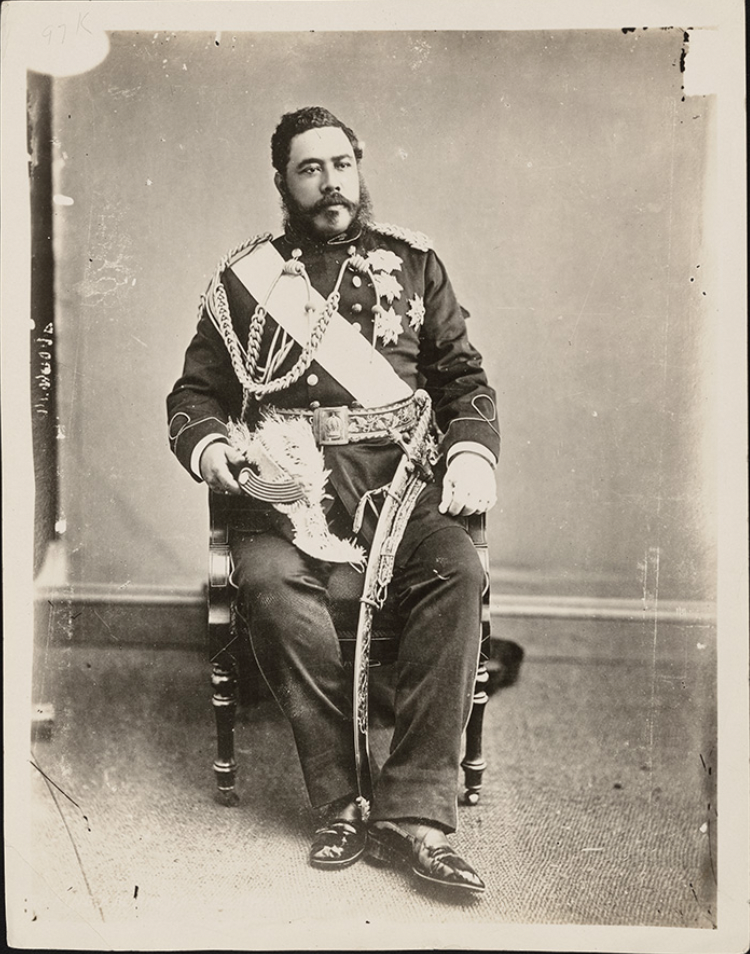The more you Olel-know!
How Olelo Hawaii language revitalization contributes to understanding, and opportunity, therefore, fuels the continuation of Hawai’ian cultural regeneration.
Historically Hawaiians have had a dedication to education. This is highlighted by King Kamehameha III whose moniker was Kauikeaouli Kaleiopapa Kuakamanolani Mahinalani Kalaninuiwaiakua Keaweawe‘ulaokalani and was commonly known as ‘The Merrie Monarch.’
King Kamehameha III established a public education system known on October 15th, 1940 which continues to this day.
“The age of Kamehameha III was that of progress and of liberty—of schools and of civilization. He gave us a Constitution and fixed laws; he secured the people in the title to their lands and removed the last chain of oppression,” said Kamehameha IV, Alexander Liholiho. [Printed in “The Polynesian,” January 13, 1855.]
Three years after the overthrow of the Hawaiian Monarchy in 1893, teaching and learning through Olelo Hawaii was prohibited and replaced with English.
Stripping Hawaiians of their language was but one of many injustices; an embargo on traditional expressions and practices was in place including hula kahiko, Oli (Chants) and Mele (songs) all in 1930.
King Kamehameha III, photo courtesy of the Hawaii State Digital Archives.
Hawaiian immersion schools - known as Pūnana Leo translating to voice nests - were first opened illegally in 1894 on Kauai.; and today in 2023, Olelo Hawaiian words can be frequently seen throughout the islands.
From packaging on local products to signs hanging in public places, having even a basic understanding assists in the preservation of language and culture
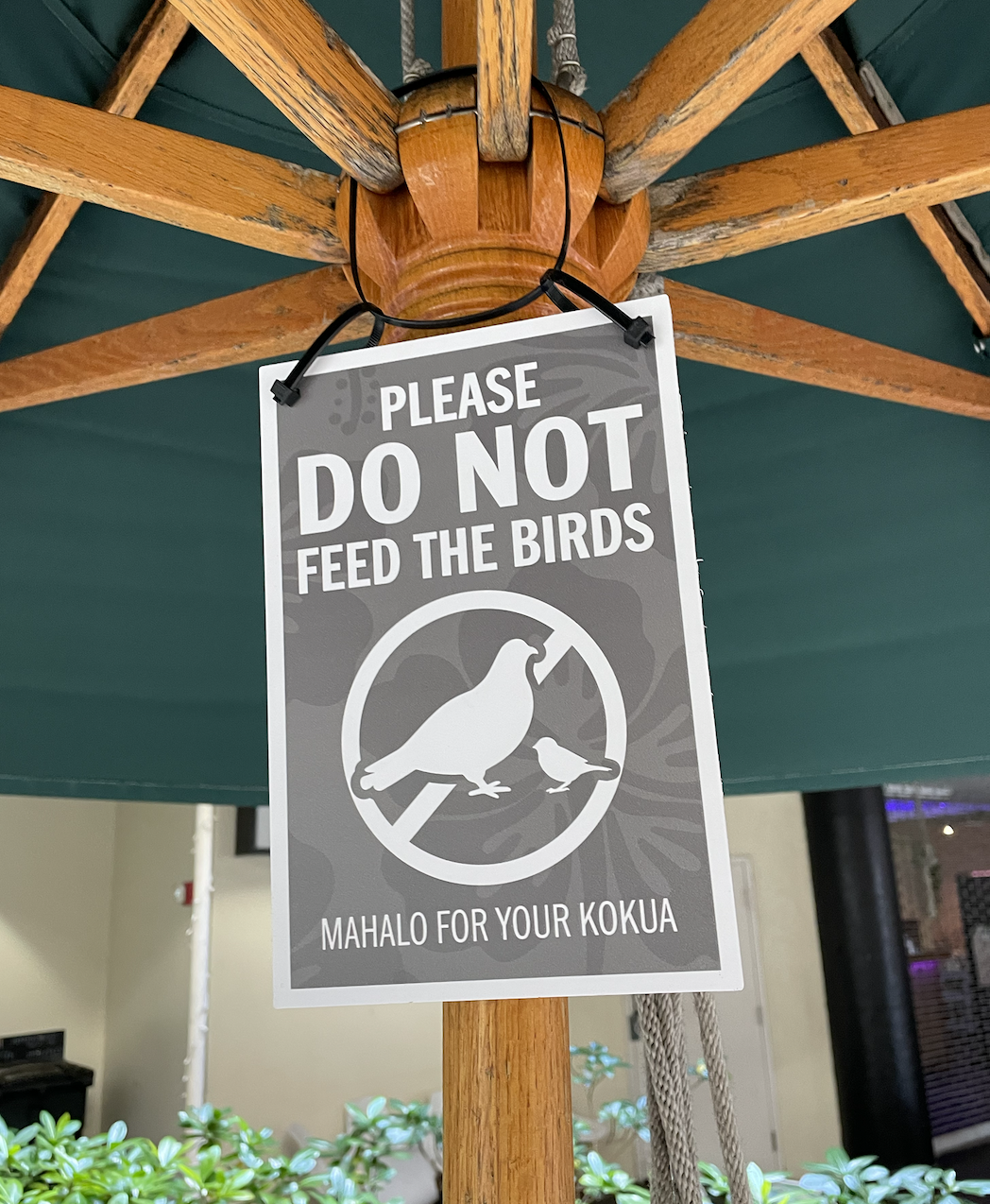
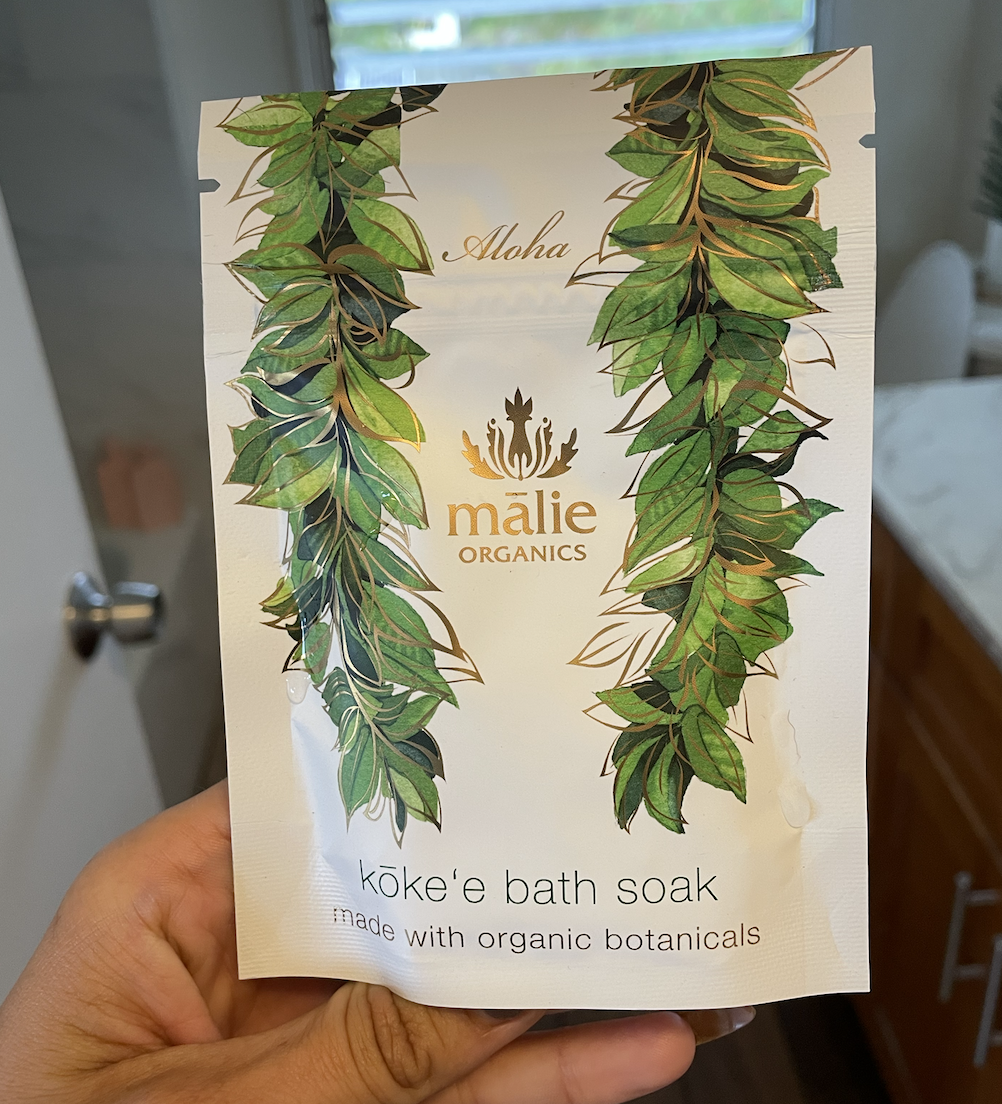
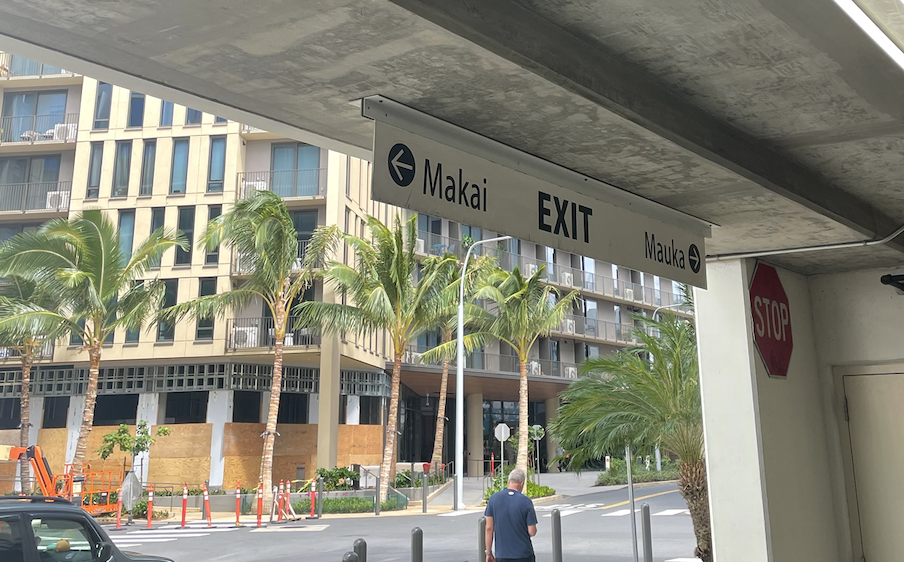
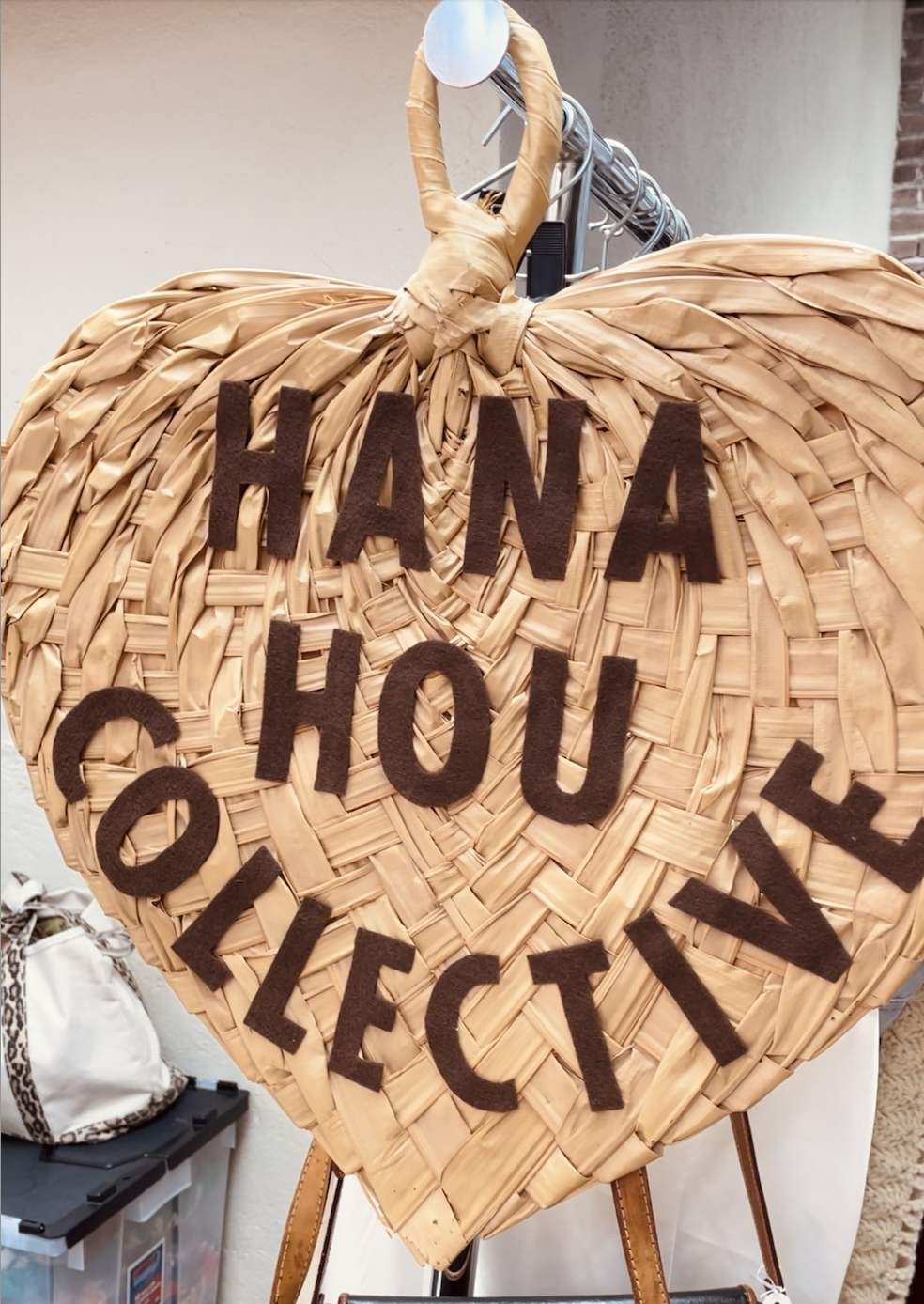
The photographs above feature Olelo words which can be found in public places.
Kane - men - and wahine - women - are splashed across bathroom doors and signposts.
Instructions not to feed birds include the words mahalo or thank you, and kokua to support.
Local brand names containing Olelo such as those above for wellness products aptly named mālie meaning to chill or relax and hana hou meaning to repeat or do it again.
Aside from being visually present in everyday life, Olelo Hawaii can also be found in local music. Entangled in many local songs is a wealth of educational information.
Artists such as The Vitals 808, Rebelution, Kapu System, and Ka’ikena Scanlan have used their platforms as tools to further expand cultural understanding.
The Vitals 808 song ‘hō’ā (meaning to set alight, burn or ignite) features a blend of English and Olelo Hawaiian language and incorporates several key cultural concepts.
The beginning of the song features the following lyrics:
“So let me tell you about what I do,
Kanu haloa a uhau I ka pohaku,
There’s no ‘āina there’s no you,
Kanak, it’s time to make a move”
“Kanu haloa a uhau I ka pohaku,” directly translated meaning to plant Kalo and stack rocks, a common practice in maintaining an ahupu’a’a or mountain (mauka) to sea (makai) system of subsistence.
The Vitals 808 hit the niche of weaving knowledge into catchy, easy-to-remember tunes making it a digestible form of learning regardless of knowledge
The movement towards reintegrating the Olelo is only gaining traction, if you would like an introduction to the language please follow the free link or watch the first video below.
Hau’oli (Happy) Learning!
